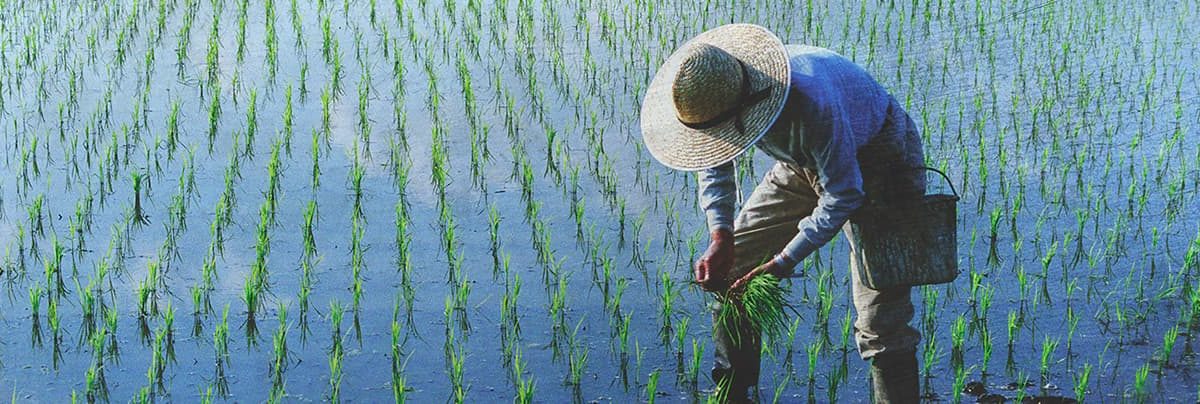In the world of agriculture, where the livelihoods of farmers and the food supply of nations are at stake, understanding the risks is of paramount importance. This sector, foundational to human society, faces an array of challenges from all corners. Let’s delve into the top 30 risks the agriculture sector faces today.
- Climate Change: From changing rainfall patterns to increased temperatures, climate change presents perhaps the most significant challenge to agriculture.
- Pest and Disease Outbreaks: Pests and diseases can decimate crops and livestock, causing significant financial loss.
- Market Volatility: Commodity prices are highly volatile, impacted by a range of factors from weather to geopolitical issues.
- Regulatory Changes: Changes in agricultural policies and regulations can have a substantial impact on farming operations.
- Water Scarcity: Availability of fresh water for irrigation is a growing concern, especially in arid regions.
- Soil Erosion and Degradation: Overuse, poor farming practices, and climate change can lead to loss of fertile soil.
- Supply Chain Disruptions: From farm to table, disruptions in the supply chain can impact the availability and cost of agricultural products.
- Labor Shortages: Agriculture often relies heavily on manual labor, and shortages can impact planting and harvesting operations.
- Technological Disruption: New technologies can disrupt traditional farming practices and require significant investment and training.
- Genetically Modified Organisms (GMO) Controversies: GMO crops can lead to market resistance and regulatory challenges.
- Biosecurity Risks: Inadequate biosecurity measures can lead to outbreaks of diseases in livestock and crops.
- Trade Policies: Changes in import/export regulations, tariffs, and trade agreements can significantly impact agricultural markets.
- Financial Risks: From securing loans to managing debt, financial challenges are a constant in agriculture.
- Land Ownership and Land Rights Issues: Disputes over land ownership or usage rights can lead to conflicts and interruptions in farming activities.
- Resource Management: Efficiently managing resources such as water, land, and fertilizers is a constant challenge.
- Access to Quality Seeds: Access to high-quality seeds resistant to pests and diseases is a major concern for many farmers.
- Weather Volatility: Unpredictable weather patterns can disrupt growing seasons and impact yield.
- Infrastructure Challenges: Lack of access to infrastructure such as roads, storage facilities, and markets can hinder farming operations.
- Health and Safety Risks: Farming activities often involve health and safety risks, from handling machinery to exposure to chemicals.
- Environmental Regulations: Compliance with evolving environmental regulations can be costly and challenging.
- Sustainable Farming Practices: Transitioning to sustainable and regenerative farming practices is a significant challenge but a growing necessity.
- Resistance to Antibiotics: Overuse of antibiotics in livestock farming can lead to resistance, making diseases harder to treat.
- Changing Consumer Preferences: Shifts in dietary preferences can affect demand for certain crops or livestock products.
- Food Safety Concerns: Ensuring the safety of food products is crucial for maintaining consumer trust and avoiding legal issues.
- Competition: Increasing competition, both local and global, can lead to lower market prices.
- Crop Nutrient Management: Managing soil fertility while minimizing environmental impact is a complex balancing act.
- Cybersecurity Threats: As farms become more technologically advanced, they become more vulnerable to cyber threats.
- Demographic Shifts: Aging farmer populations and a lack of interest from younger generations pose long-term risks to the industry.
- Energy Costs: Rising fuel and energy prices can significantly impact farming costs.
- Animal Welfare Concerns: Pressure from consumers and regulators to improve animal welfare can lead to additional costs and operational changes.
Despite the daunting list of risks, agriculture remains an essential, resilient sector with a storied history of overcoming challenges. By understanding and managing these risks, farmers and agricultural businesses can weather the storm, improve productivity, and ensure a sustainable future for farming. The road ahead is rocky, but with innovative strategies, sustainable practices, and a commitment to continuous learning, the agriculture sector can turn these challenges into opportunities for growth.














